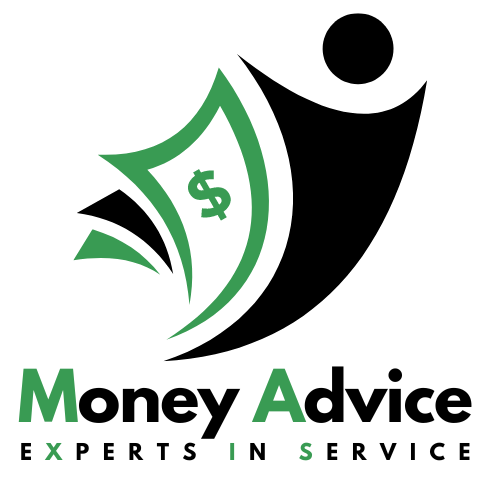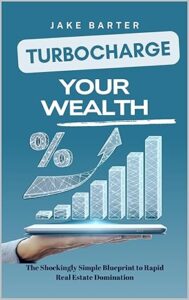Personal loans are a popular way for individuals to borrow money for various purposes, such as consolidating debt, making a large purchase, or covering unexpected expenses. When it comes to personal loans, two common types are unsecured personal loans and secured personal loans. Both have their advantages and disadvantages, and understanding the differences between the two can help you make an informed decision when choosing the right loan for your needs.
Unsecured Personal Loans
Unsecured personal loans do not require any collateral to secure the loan. This means that you do not have to put up any assets, such as your home or car, as security for the loan. Instead, lenders approve unsecured personal loans based on your creditworthiness, income, and other financial factors.
Here are some key points to consider about unsecured personal loans:
- They are typically harder to qualify for compared to secured loans because there is no collateral to back up the loan.
- Interest rates on unsecured personal loans are usually higher than secured loans because the lender is taking on more risk by lending money without collateral.
- Unsecured personal loans have fixed interest rates and monthly payments, making it easier to budget for repayment.
- If you default on an unsecured personal loan, the lender can take legal action against you to recover the debt, but they cannot seize any of your assets without a court order.
Secured Personal Loans
Secured personal loans, on the other hand, require you to pledge collateral, such as your home, car, or savings account, to secure the loan. By providing collateral, you reduce the risk for the lender, making it easier to qualify for a secured personal loan and potentially secure a lower interest rate.
Here are some key points to consider about secured personal loans:
- They are easier to qualify for compared to unsecured loans because the collateral reduces the lender’s risk.
- Interest rates on secured personal loans are typically lower than unsecured loans because the lender has collateral to repossess if you default on the loan.
- Secured personal loans can have variable interest rates, which means your monthly payments could fluctuate over time.
- If you default on a secured personal loan, the lender can seize the collateral you put up to secure the loan, such as your home or car, to recover the debt.
Which Loan Is Right for You?
Choosing between an unsecured personal loan and a secured personal loan depends on your individual financial situation, credit history, and risk tolerance. Here are some factors to consider when deciding which loan is right for you:
Consider an Unsecured Personal Loan If:
- You have a good credit score and stable income.
- You do not want to risk losing your assets if you default on the loan.
- You need funds for a smaller amount and can afford a higher interest rate.
Consider a Secured Personal Loan If:
- You have a lower credit score or unstable income.
- You are comfortable using your assets as collateral to secure a lower interest rate.
- You need funds for a larger amount and can afford the risk of losing your collateral if you default on the loan.
Ultimately, the decision between an unsecured personal loan and a secured personal loan comes down to your individual financial goals and circumstances. It’s essential to weigh the pros and cons of each type of loan and choose the option that best aligns with your needs and preferences.
Before applying for a personal loan, be sure to compare offers from multiple lenders, review the terms and conditions carefully, and assess your ability to repay the loan on time. By doing your due diligence and understanding the differences between unsecured and secured personal loans, you can make a well-informed decision that sets you up for financial success.

 Rattle the Market
Rattle the Market Real Estate Secrets
Real Estate Secrets Homeowner’s Code
Homeowner’s Code Turbocharge Wealth
Turbocharge Wealth